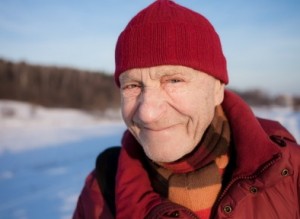With the recent polar vortexes and more arctic blasts on the way, here are some important winter safety tips for older adults. When the temperature drops, older adults run a higher  risk of health problems and injuries related to the weather, including hypothermia, frostbite, and falls in ice and snow. It’s important that they, and those who care for them, take certain precautions at this time of year. Here’s what you need to know according to www.healthinaging.org:
risk of health problems and injuries related to the weather, including hypothermia, frostbite, and falls in ice and snow. It’s important that they, and those who care for them, take certain precautions at this time of year. Here’s what you need to know according to www.healthinaging.org:
- Know the Warning Signs of hypothermia & frostbite: lots of shivering; cold skin that is pale or ashy; feeling very tired, confused and sleepy; feeling weak; problems walking; slowed breathing or heart rate. Call 911 if you think you or someone else has hypothermia.
- Stay Indoors when it’s very cold outside, especially if it’s also very windy. Keep indoor temperatures at about 65 degrees. If you have to go outside, don’t stay out for very long, and go indoors if you start shivering.
- Stay Dry Wet clothing chills your body quickly
- Wear Layers Wearing two or three thinner layers of loose-fitting clothing is warmer than a single layer of thick clothing. Always wear layers, as well as hat, gloves or mittens, coat & boots, and a scarf to cover the mouth, nose and lungs from cold air
For more tips and to learn about avoiding falls, fires & carbon monoxide poisoning, click here.